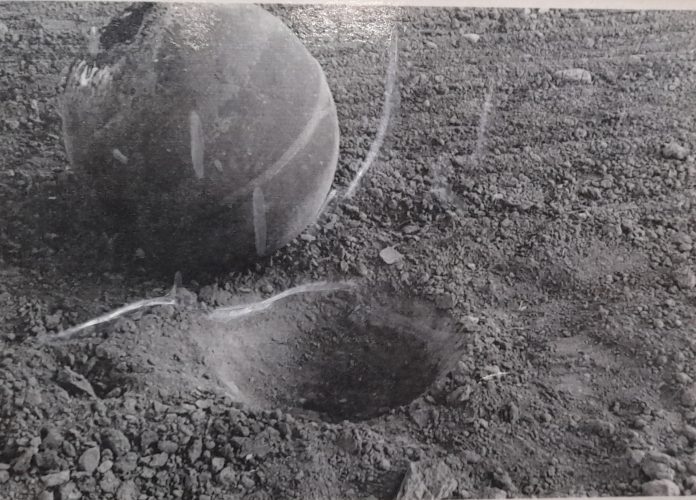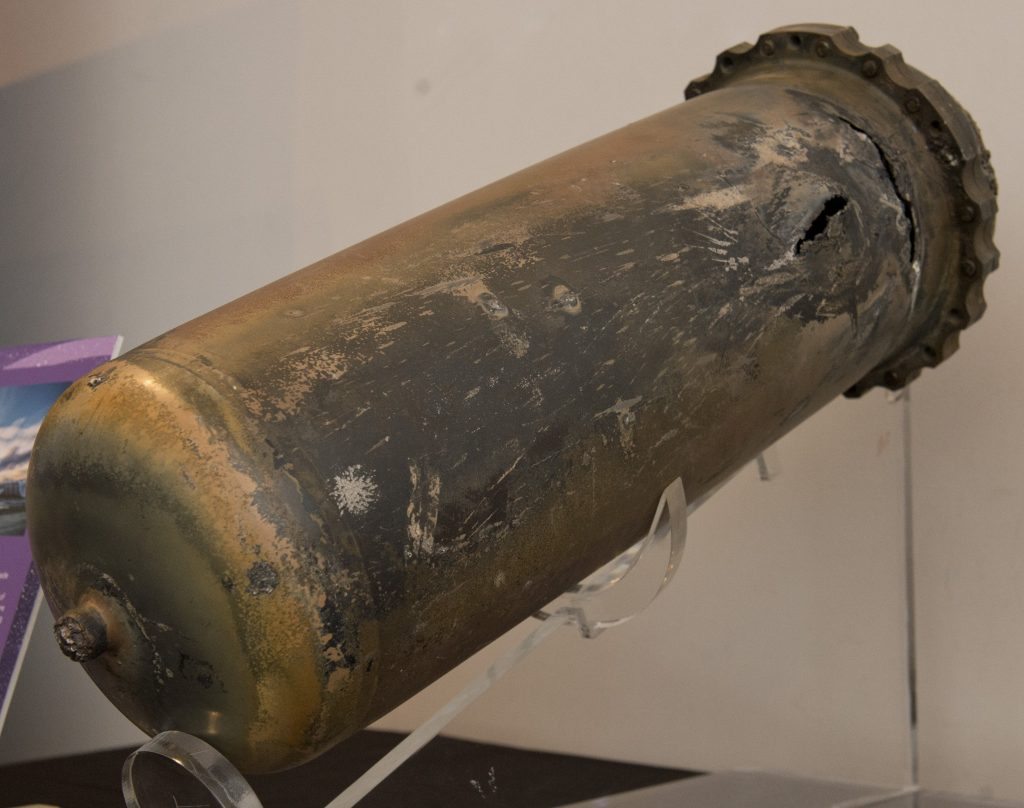
The orbit of the Cosmos 482 lander probe is decaying, and the probe is expected to reenter Earth’s atmosphere sometime this weekend, National Aeronautics and Space Administration (Nasa) says.
Its landing module reportedly weighs 495kg and was likely to reenter around May 10 at 07:30 UT.
Cosmos (or Kosmos) 482 was launched by the former Soviet Union in 1972, bound for Venus.
It exploded in low-Earth orbit after launch.
Ashburton Aviation Museum has a space ball on show from the failed launch of Cosmos 482. It was one of six spheres – each weighing about 14kg – found scattered across Mid and South Canterbury, as well as cylinder and metal fragments.
Meanwhile further south, an Otago Museum’s 2022 space exhibit included a tank found when the space probe exploded after launching. The tank, believed to be a possible cause of the explosion, was found on a North Otago farm.
‘‘Because the probe was designed to withstand entry into the Venus atmosphere, it is possible the probe will survive re-entry at Earth and reach the surface,’’ Nasa states on its website.
‘‘As of May 8, the landing location could be anywhere between 52 N and 52 S latitude. The time and location of atmospheric reentry should be known more accurately over the next day or so, but the uncertainty will be fairly significant right up to reentry.’’
Kosmos 482 was launched in 1972 as part of a mission to Venus but exploded in low-Earth orbit after launch in March 1972.
The lander capsule was built to survive the extreme heat and pressure of Venus’s atmosphere so could survive an uncontrolled descent through Earth’s atmosphere.

A report from the BBC said the parachute system, originally intended to slow the lander’s descent towards Venus, was likely long since degraded after more than 50 years in space.
“The risk to people on the ground was considered low, but the capsule’s projected flight path could see it land anywhere between 51.7° north and south latitude, covering most of the inhabited world.
“It could potentially land anywhere from as far north as London to as far south as the southern tip of South America.”
Kosmos 482 is now being closely tracked by international space agencies.



